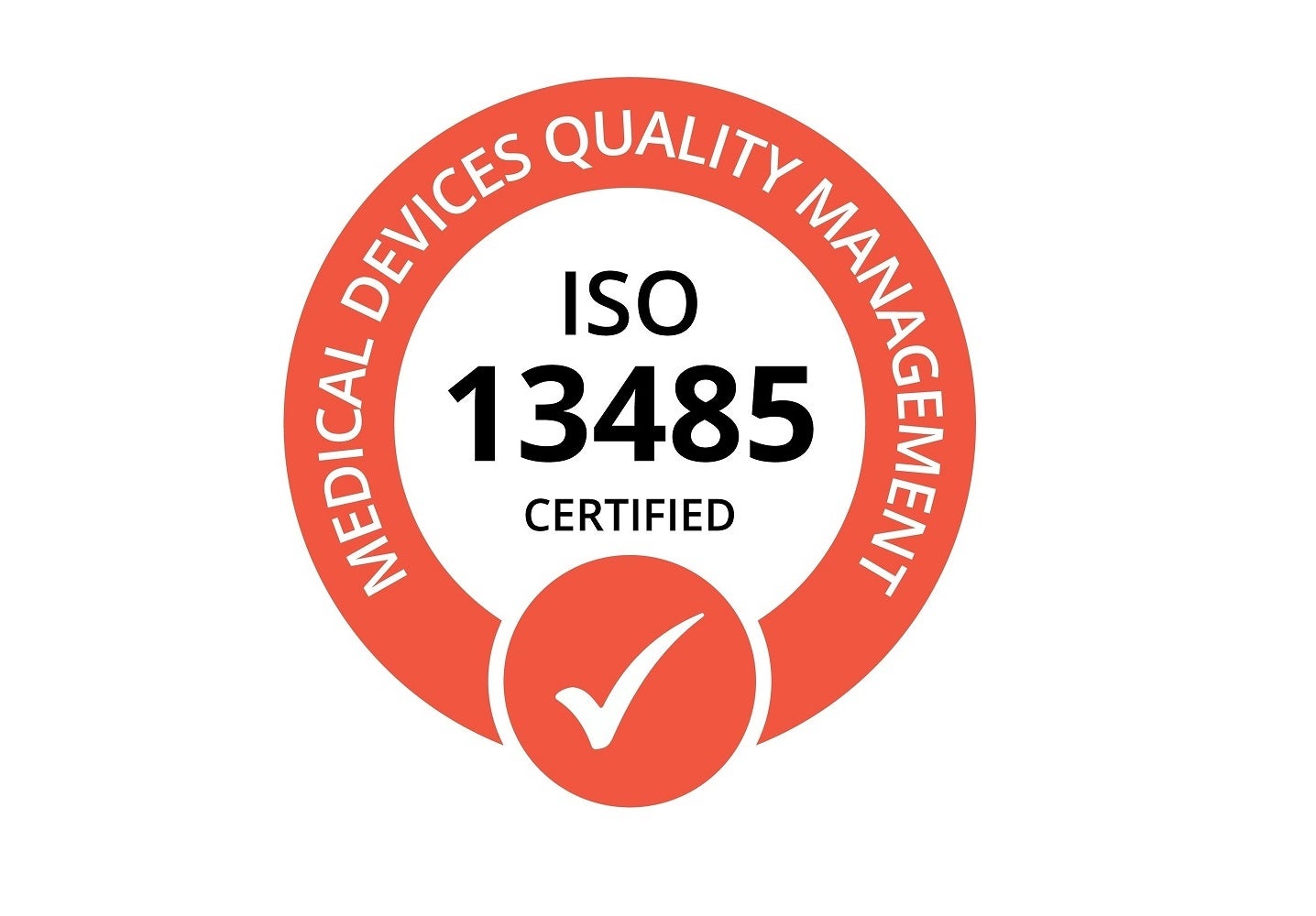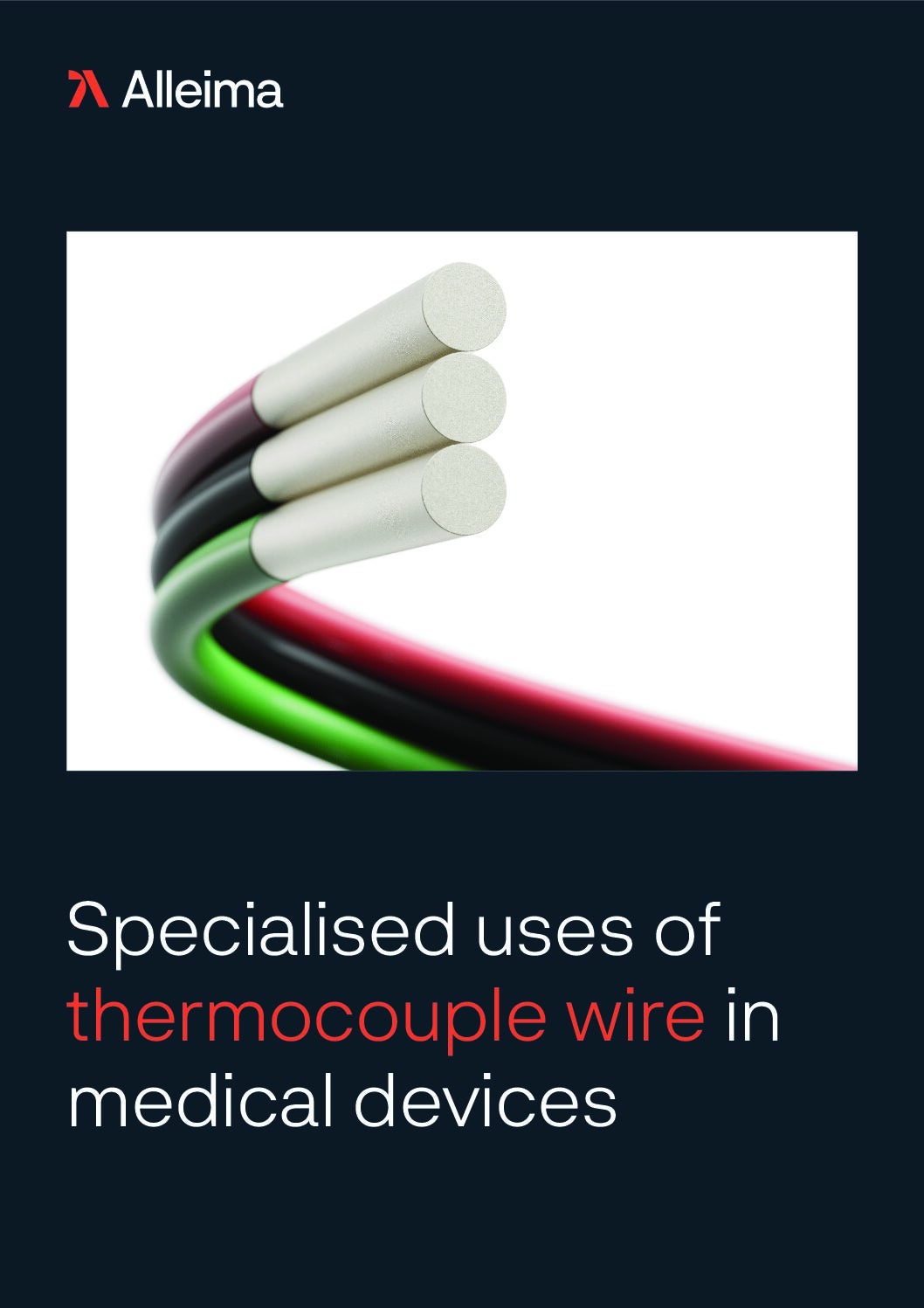
To ensure the safety and efficacy of medical devices, rigorous quality control measures are essential. This encompasses a range of processes, inspections and standards to guarantee their reliability, accuracy and adherence to regulatory requirements.
According to Richard Ohidy, quality engineer for medical wire component manufacturer Alleima: “Device manufacturers should strive for certification to ISO 13485, which covers general regulatory requirements. Device manufacturers must always be vigilant in maintaining compliance with FDA (US Food and Drug Administration), MDD (Medical Device Directive), MDR (Medical Device Regulation) and other regulations, depending on the markets being served.
“Regulatory compliance is crucial to every organisation, which must be driven from the top down. Failing to maintain compliance can and will result in a regulator taking action against an organisation.”
ISO 13485 specifies the requirements for a quality management system for medical devices and related services to ensure they consistently meet customer needs and regulatory requirements. These standards are applicable to organisations involved in any stage of the medical device’s lifecycle, from design and development to its installation or servicing.
Large numbers of medical devices are developed each year, but only a few make it to market. According to GlobalData’s Pipeline Products database, there are currently more than 20,000 active medical devices in the pipeline, of which about 41% are in the early stages of development or pre-clinical development.
GlobalData estimates that it takes approximately four to six years for devices to be approved, depending on the region. The process of obtaining approval is significantly longer for new technology than for devices that are similar to existing tech.
Advancing quality control with innovative technology
“Technology has played a tremendous role in advancing quality control in such a short amount of time, from image-measuring systems to touchscreen technology for simplifying the measurement of complex parts,” Ohidy explains.
“Software for managing quality, environmental health and safety has vastly improved, making it easier to break data down, along with automated task management to ensure compliance is maintained.”
Alleima manufactures fine wire and complex composite fine wire configurations using precious metals. Depending on the application, the wire or composite components may be coated and/or plated with precious metals, or an enamel or polyurethane coating may be applied.
“In addition to verifying wire size, tensile, elongation, plating and/or coating thickness, complex composite wire configurations must be verified. This may be in the form of verification under high magnification using state-of-the-art microscopes and imaging software or via the use of vision systems,” Ohidy says.
“We incorporate the use of real-time, 100% non-contact imaging and measurement equipment on a variety of products to maintain product specifications. We also use a variety of test methods, such as testing resistance, thermal conductivity, continuity and dielectric, to verify that the electrical properties of a wire are achieved during manufacturing.
“Every day we are presented with customer demands that drive innovation and the incorporation of new technologies into our processes,” he adds.
Good documentation practices (GDP)
Designing and implementing processes that prevent unacceptable outputs is a major challenge. Therefore, good documentation practices are an essential part of a quality management system and ensuring regulatory compliance.
A documentation system must monitor and record all activities that have either a direct or indirect impact on the quality of the medical device and its components. Good standards include ensuring documents are free from error, clear and legible, regularly reviewed and kept current, and are not altered without an appropriate reason being noted.
Maintaining accurate documentation is key to providing traceability. A medical device audit is a process that obtains evidence and evaluates whether a device has been created in compliance with regulatory requirements. To carry out an audit, the manufacturer must provide documentation for every stage of the product’s lifecycle.
“You must have traceability for all activities, and you must adhere to good documentation practices,” Ohidy explains. “Understand the regulations, standards and your customer’s requirements, and work from there. Keep your documentation straightforward and easy to complete.
“Where data is collected by hand, design documentation to capture the required information once, eliminating the need for numerous entries. You can define links to information so as to limit data entry. Remember that every data entry point may present an opportunity for human error.”
To find out how Alleima can help you ensure quality and regulatory compliance, visit their website.



